Many Americans have struggled with being misdiagnosed as simply 'obese' before finding the underlying cause of their inability to lose weight: lipedema or lymphedema. And while the names sound very similar enough that it is easy to think they are the same mistakenly, they are very different.
The two diseases, however, share a standard treatment: compression therapy.
What's the big difference between the two? Have you been recently diagnosed with lymphedema or lipedema? Are you wondering how compression socks can help? Let's explore these conditions and how compression socks can help together.
What is Lipedema?
Lipedema is often mistaken as a problem with being overweight or obese. However, lipedema has nothing to do with being overweight. Lipedema is a result of a hereditary disorder that affects fatty tissue distribution. Increased fat cells are distributed across the body unusually and irregularly beneath the skin. Lipedema primarily affects women. Experts assume it may be due to hormonal issues. Men who develop lipedema also have liver damage.
The most common area of the body lipedema affects the legs. Despite a conscious diet and exercise, those affected by lipedema find it nearly impossible to lose weight in the legs or arms, and may see themselves constantly gaining weight in these areas because lipedema fat can't be lost through calorie restriction and activity.
Signs and Symptoms of Lipedema include:
• Considerable tissue enlargement affects two limbs, either arms, legs, or both but doesn't involve hands or feet. The affected areas may differ from patient to patient due to the type of lipedema, but most commonly, it affects the legs, thighs, hips, and/or buttocks and arms.
• Pain and sensitivity. Tenderness to touch and pressure in these areas, or pain when touched.
• Swelling and heaviness in the limbs.
• Cuffing, also known as 'braceleting,' at the ankles and wrists. The tissue enlargement will stop abruptly at the ankles or wrists, so there appears to be a noticeable difference because feet and hands are usually not affected.
• When affecting the legs, the hollow spaces found on either side of the Achilles tendon are gone.
• Skin appearance can alter, the skin's temperature can change, and the skin's texture can change. Skin can feel softer and colder compared to areas not affected, while areas of the body with lipedema may resemble orange-peel or have large dimples.
• Those with lipedema often bruise very easily without apparent cause.
• Lipedema suffers experience limited mobility, abnormal gait, and muscle weakness.
• Negative Stemmer's sign. Stemmer's sign is when skin at the base of the middle finger or second toe cannot be pinched or lifted.
What is Lymphedema?
Lymphedema is when tissues swell due to an accumulation of protein-rich fluid usually drained through the body's lymphatic system. It also most commonly affects the arms and legs but can occur in the chest wall, abdomen, neck, and genitals. Lymphedema can be caused by cancer treatments that remove or damage lymph nodes or any problem which blocks or damages the drainage of lymph fluid.
Some of the signs and symptoms of lymphedema:
• Swelling of a part or entire leg or arm, including fingers or toes, ranging from small limb size to severe swelling.
• Difficulty wearing jewelry or watches or fitting into clothes or shoes.
• Heavy and tight feelings in arms or legs.
• Swelling in the head or neck.
• The range of motion of the affected limbs is restricted.
• Tingling or pins and needles sensation in the affected limb.
• Recurring skin infections.
• Thickening and hardening of the skin.
• Blisters or wart-like growths on the skin.
• Severe fatigue.
What are the Basic Differences Between Lipedema and Lymphedema?
The causes of these conditions are different. Lipedema is an abnormal accumulation of excess fat, while lymphedema is the accumulation of lymph fluids in the tissues, where it causes swelling.
Lipedema always affects both legs or arms and presents a near symmetrical appearance. Lymphedema, on the other hand, usually only affects one limb, creating an asymmetric swelling—such as one leg being larger than the other. Should lymphedema affect both limbs, the swelling remains asymmetrical or uneven.
Lipedema tissue has a soft, almost rubbery feel, and when a finger is pressed into the flesh, it is generally painful but will not leave a pit or indentation behind. Alternatively, pressing a finger into the flesh of someone suffering from lymphedema will leave an indentation or pitting, especially during the later stages of the condition.
Another marked difference is that lipedema is painful to the touch, while lymphedema is not.
It's important to note that while lipedema and lymphedema are two different conditions, lipedema can progress into lymphedema.
How compression socks help lymphedema and Lipedema
Compression socks are part of compression therapy and one of the recommended tools for managing lipedema and lymphedema. When you are diagnosed, your primary care physician should suggest a multidisciplinary approach to treatment involving lymphedema or lipedema, such as teaching you manual lymphatic drainage, proper fitting compression garments, and proper application of them.
If your doctor specified you do not need the medical grade, or you are new to compression and have mild symptoms, then 15 – 20 mmHg is readily available without a prescription.
Graduated compression has been shown to treat symptoms of lipedema and correct lobules, or the small lobes of excess fat, as well as reduce cuffing at ankles and wrists caused by lipedema. It has also been shown that compression socks can optimize lymphatic flow and encourage draining of the accumulating fluids. Compression therapy can:
• Reduce discomfort, aching, and limb heaviness and support the health of the tissue
• Help streamline uneven or distorted limb shapes and improve movement
• Reduce edema by lowing the interstitial fluid formation and encouraging venous and lymphatic return
There are many reasons why compression socks and garments help in treating lipedema and lymphedema, from the reduction in swelling and tenderness to assisting lymph circulation. If you're ready to consider a pair of compression socks to help with your mild symptoms, we're prepared to help!

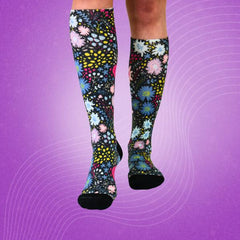
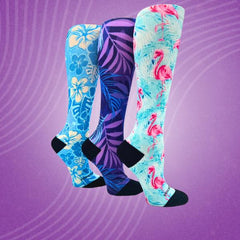
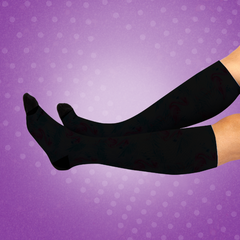

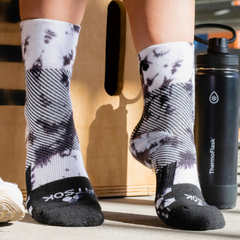
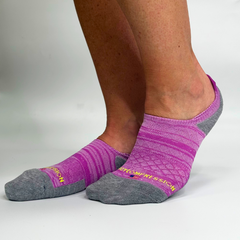




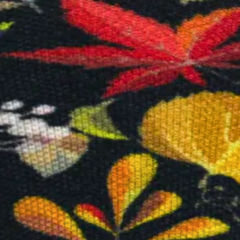

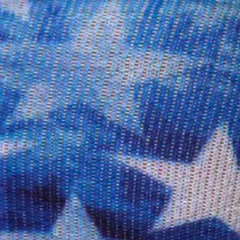


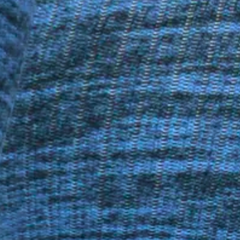
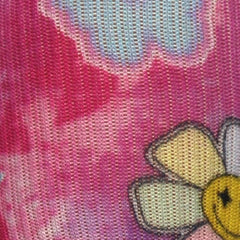

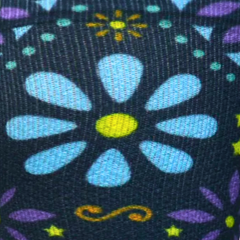
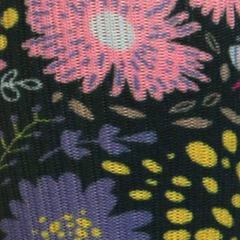
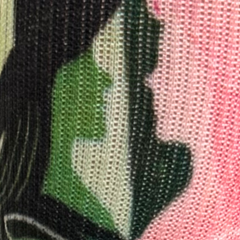
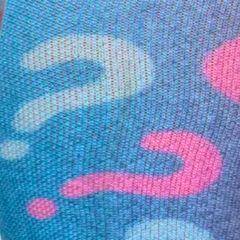
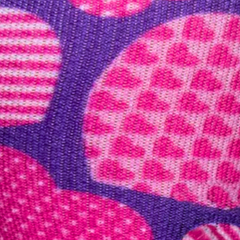

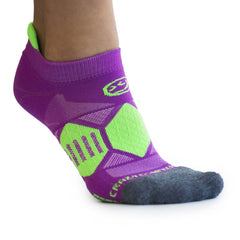

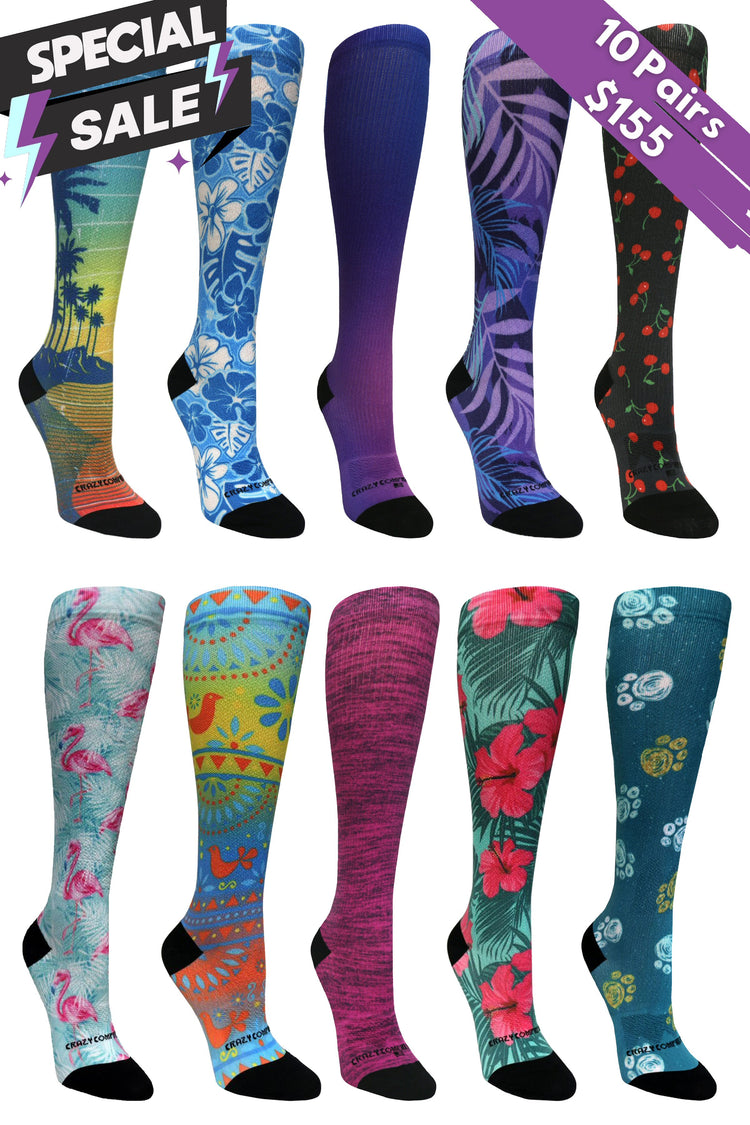




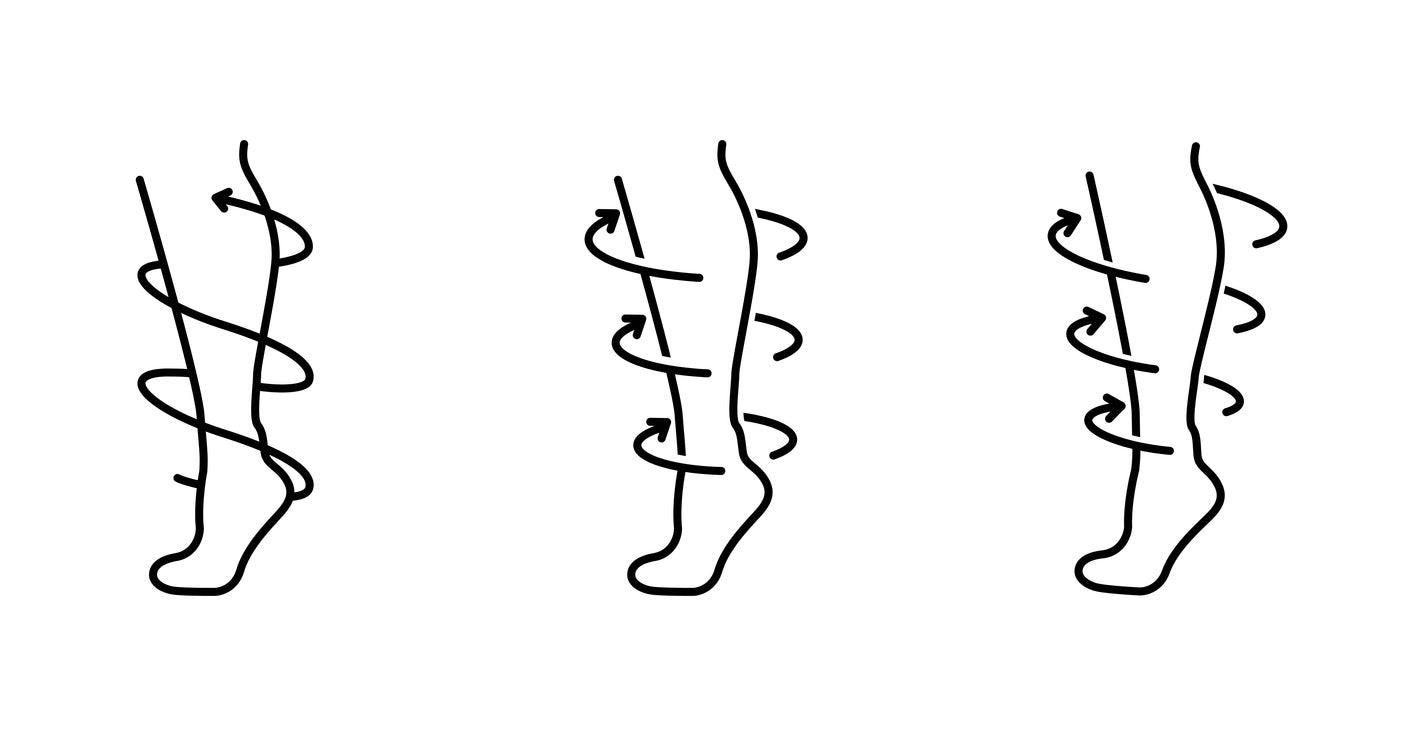
Leave a comment
This site is protected by hCaptcha and the hCaptcha Privacy Policy and Terms of Service apply.